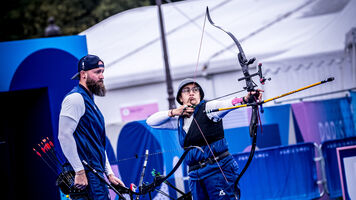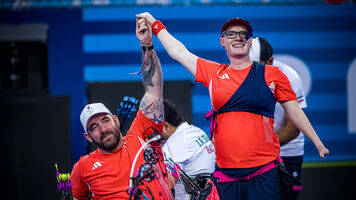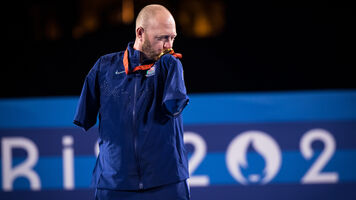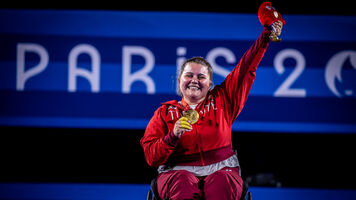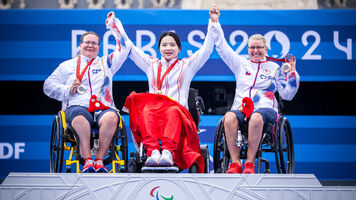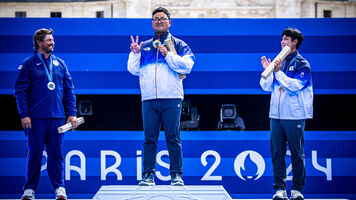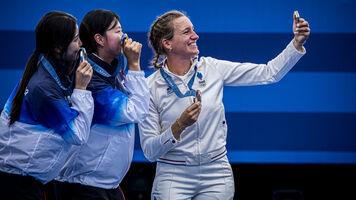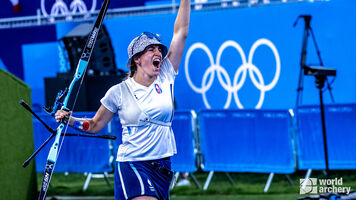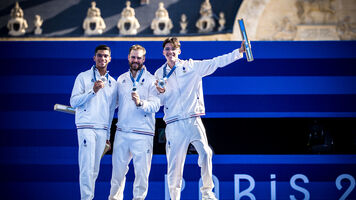Better together: Why the mixed team is here to stay
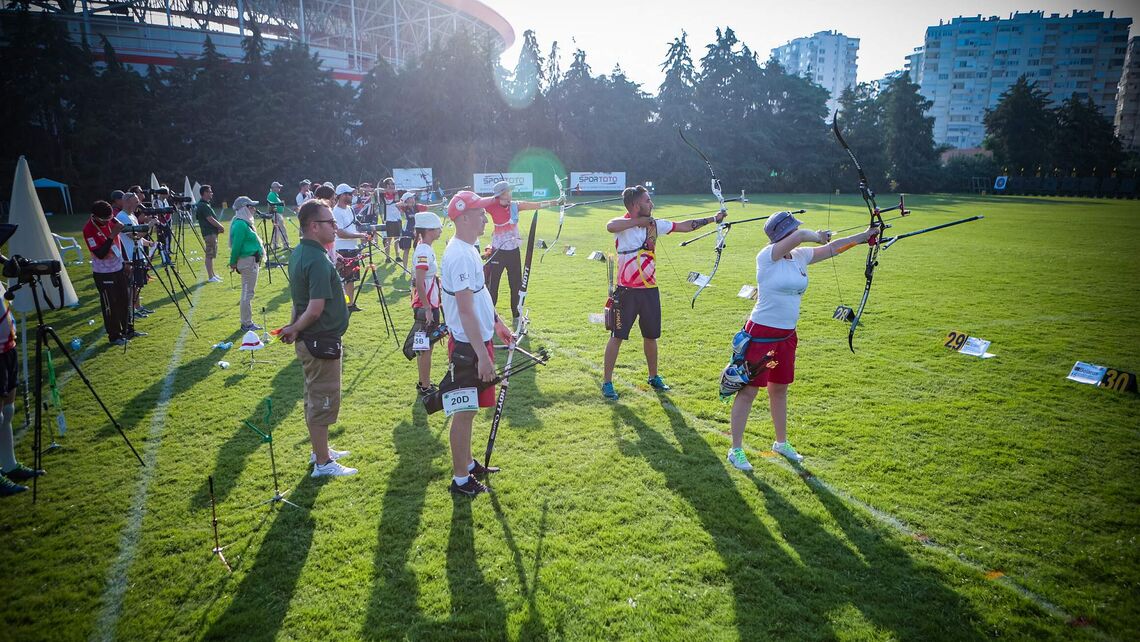
It’s not always the most heralded event of any Hyundai Archery World Cup stage – but that may be about to change.
The mixed team event was gradually introduced to international archery towards the end of the 2000s. It had a pedigree in the world student championships, and the first time it was seen at a World Cup was as a demonstration event in Dover in 2007 – an idea proposed by British Olympian Alison Williamson.
It was then added as a demonstration event at the World Archery Championships in Ulsan, Korea in 2009, with the first official world title being won in Turin, Italy in 2011.
The event is currently being considered for inclusion into the Olympic Programme for Tokyo 2020 – a decision that will be announced very soon. It’s already part of the schedule at the Youth Olympic Games, shot for the first time in Singapore in 2010 and again in Nanjing in 2014. It was also part of this year’s Paralympics in Rio.
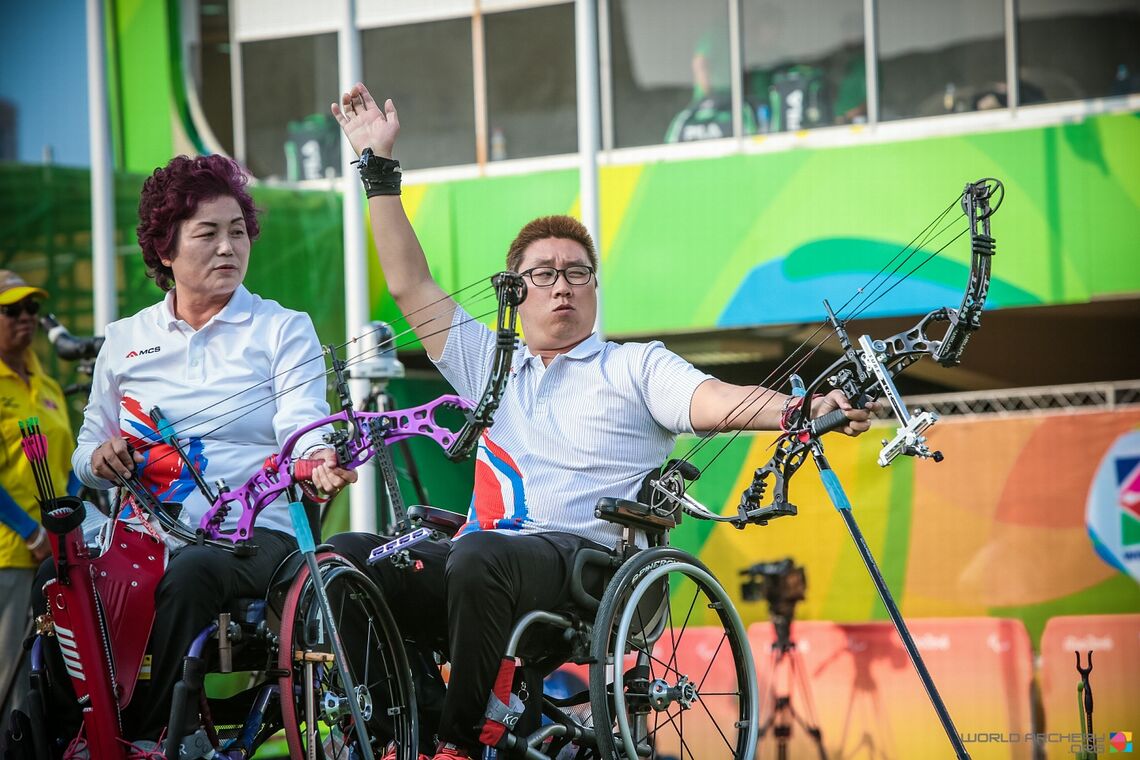
Mixed teams can shoot their four arrows per end in any order and the archers do not have to alternate, as long as each athlete in the pair shoots two. (The rules are the same for the regular team rounds, but teams usually work on a strict rotation with a named ‘finisher’ or ‘anchor’).
I asked World Archery Secretary General Tom Dielen about the round and its history.
“It’s a way of showing that in our sport there’s not much difference between men and women, and it’s a quick and entertaining event to add to the programme,” he said. “You have mixed doubles in most racquet sports as well, of course.”
“We have had it working for several years now, the format is good, it doesn’t need big changes. It’s up to the team to decide what they want to do, who shoots when – that’s part of the tactics.”
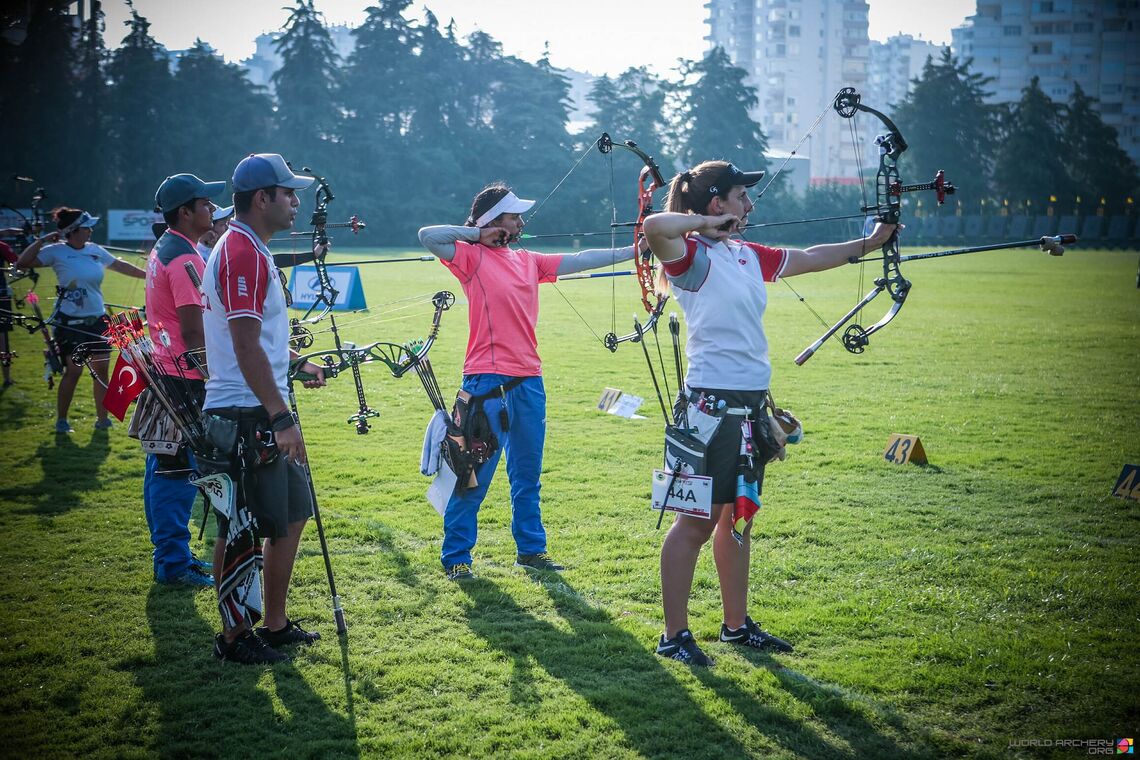
What makes the mixed team event special?
“The event is so short that contrary to the team event where teammates can really exchange information, here there needs to be an absolute trust because between two arrows, especially when alternating, you can’t rely on your teammate who shot first to know what is happening with the conditions,” said Tom.
There’s a slightly different dynamic to the mixed team rounds, with many teams speaking of the more relaxed atmosphere of the competition.
Stephan Hansen shot the Danish compound mixed team event at stage two of the 2017 Hyundai Archery World Cup in Antalya with Sarah Sonnichsen, where the two advanced to the gold medal match.
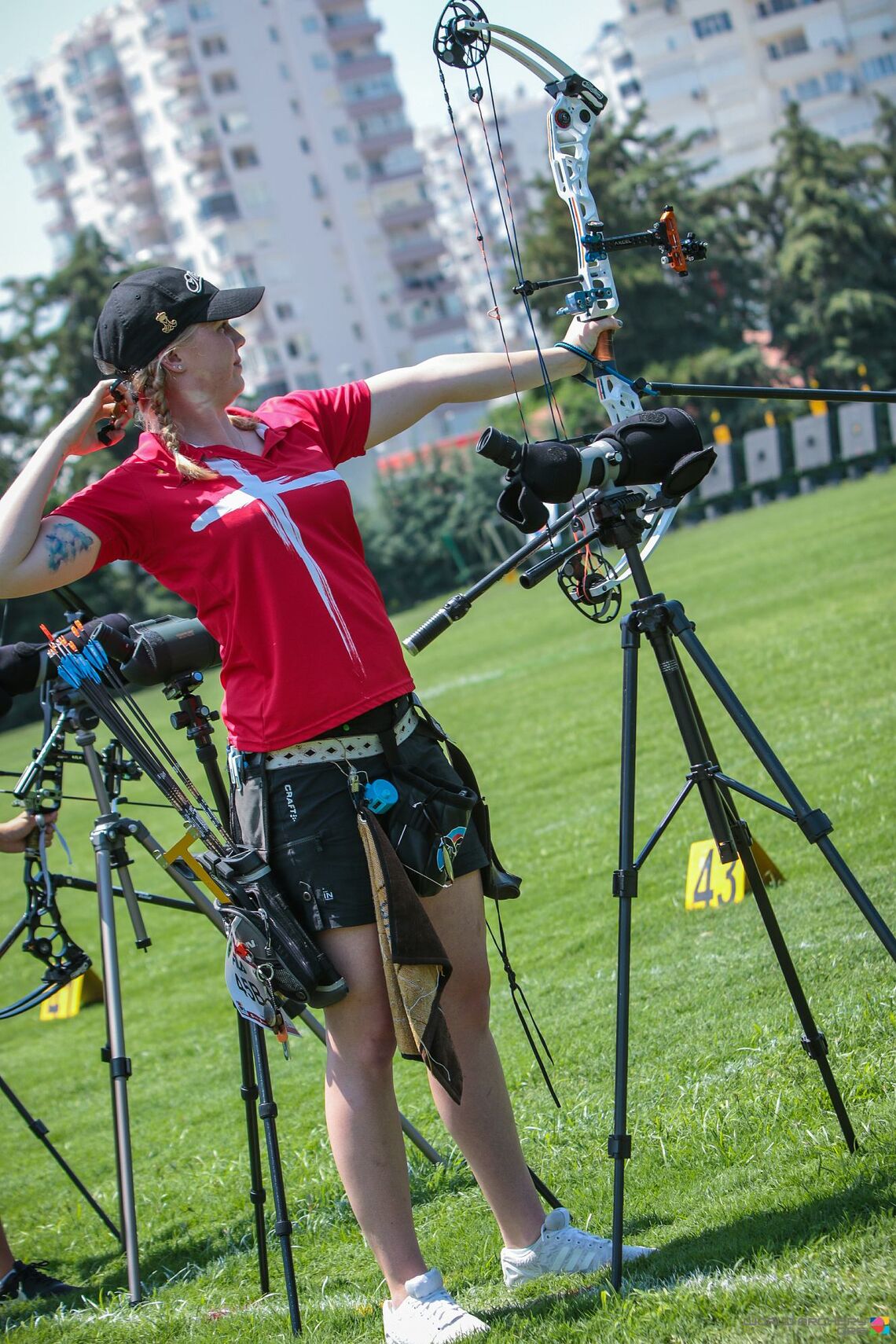
“What I like about the mixed team is that you have somebody else to shoot together with, and we all like each other in the Denmark team, so it’s just a lot of fun to be able to shoot together. Normally I would finish [take the last shot], but Sarah likes to finish, too – and I’m not really bothered, so in Shanghai she finished and it went good, and we just did the same again today,” said Stephan.
“We don’t really practice it at all, because it’s really just like shooting your own arrows. You just have to figure out the routine, and maybe do it just a little bit faster sometimes, but it’s just a lot of fun for us to shoot.”
On the Hyundai Archery World Cup circuit, the mixed team elimination rounds are usually shot in the late-afternoon and early-evening of the Wednesday, straight after qualification, giving a very different atmosphere to competition. In Shanghai, they are shot under floodlights in darkness; here in Antalya this year, they were shot with the sun going down on a beautiful warm June evening.
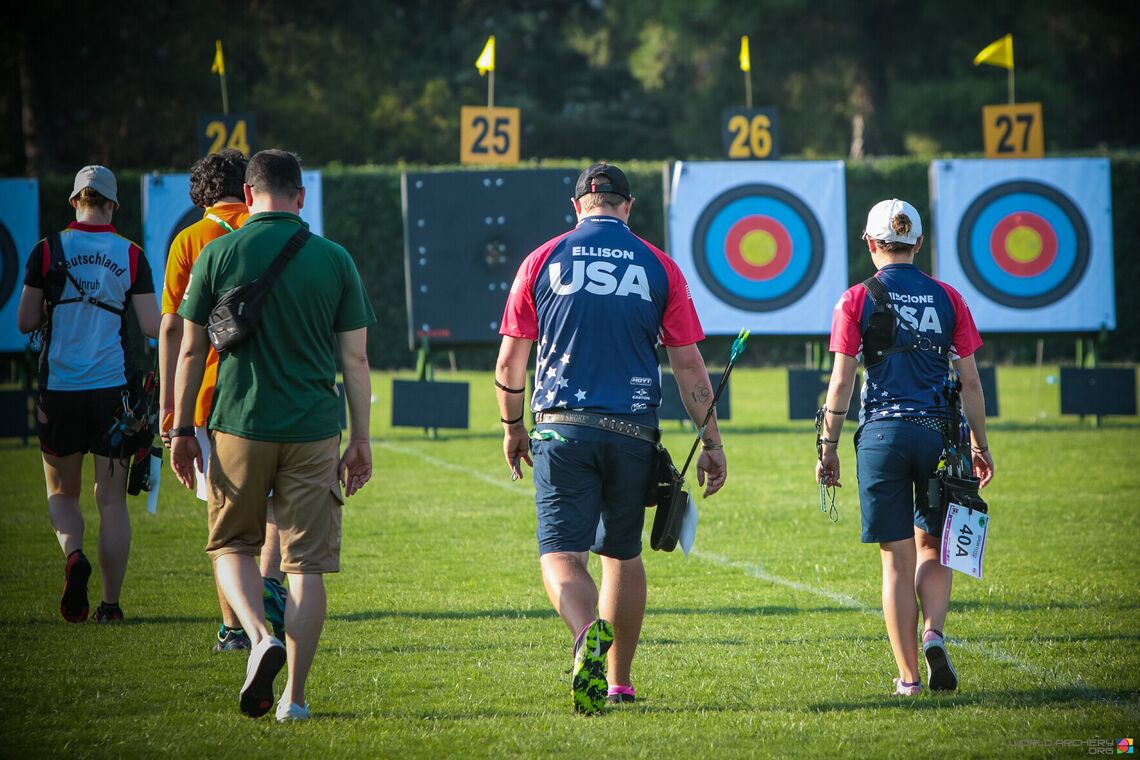
Anna Miscione of the USA made her second-ever Hyundai Archery World Cup medal match, shooting with Brady Ellison in Turkey after the 13th seeds upset both Italy and Germany in the early rounds.
“It was amazing. I loved the experience. I shot really well, and I was super happy because I just kept it rolling. I think what’s different about the mixed team is that you can create more of a personal bond with the person you are shooting with,” said Anna.
“You’re constantly shooting with them, and it’s not like three people where you’re just in the mix and just like like going and going and going.”
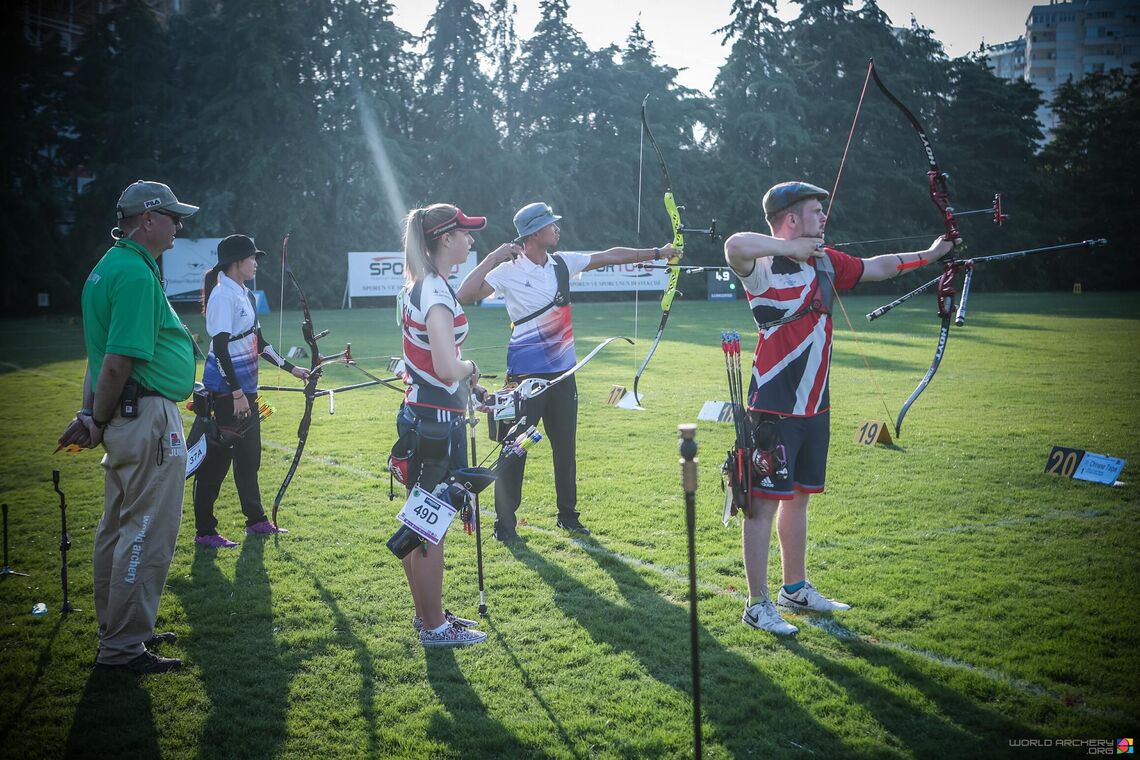
If the mixed team event does become part of the Tokyo Olympics, archery fans will have an extra competition to look forward to at the Dream Island Archery Field – and potentially one which could produce some surprises.
It would also allow for some smaller archery nations to field competitive pairs at an Olympics where they may not be able to qualify full teams.
Whatever happens, it looks like mixed team has found its place in international archery and has an interesting future ahead.
The second stage of the 2017 Hyundai Archery World Cup runs 6 to 11 June in Antalya, Turkey.





